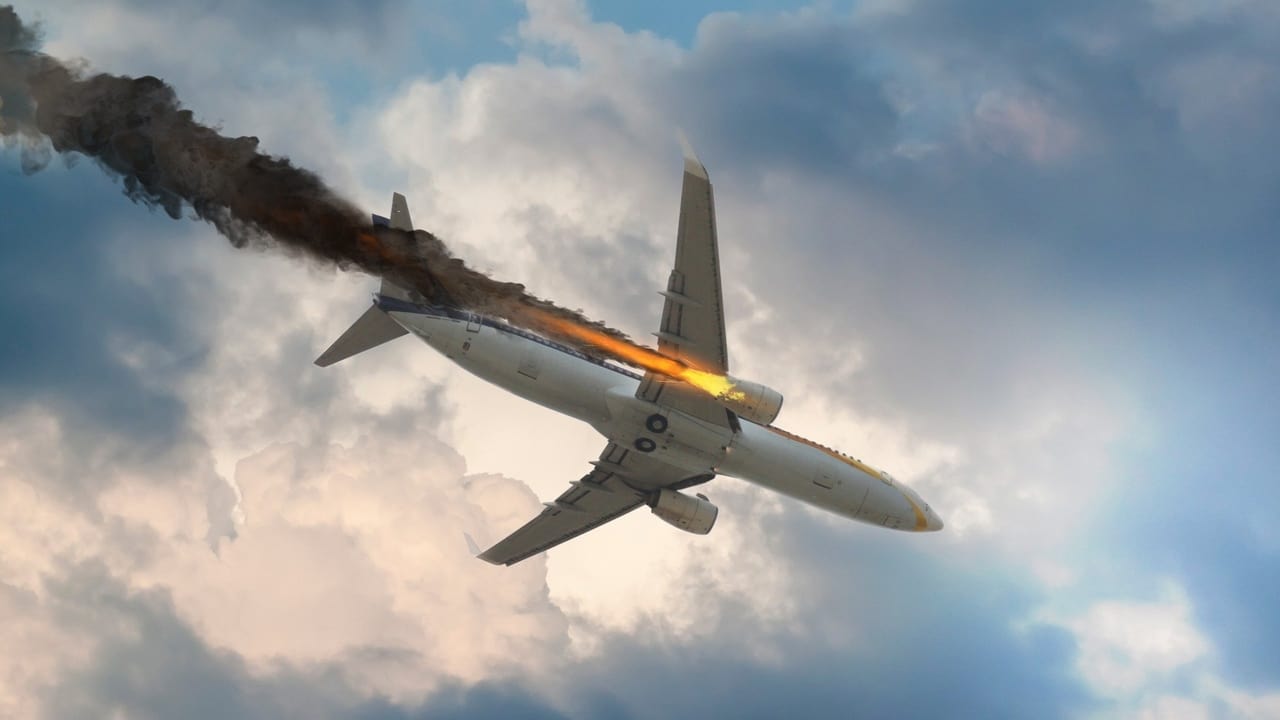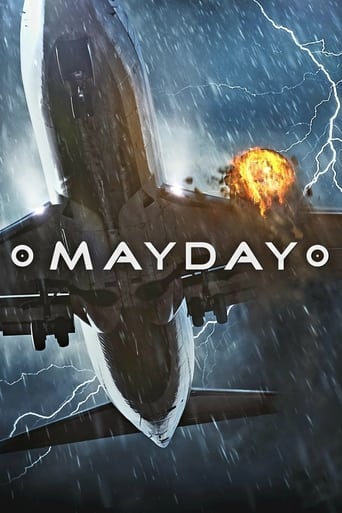

I have watched this show for years and am thrilled to see it return for its 18th season. I'm very proud that it's a Canadian show and have found the graphics and effects excellent for their current time. I find it fascinating (and sometimes heart-breaking), and really like that they make an effort to find any surviving crew and passengers as well as the NTSB (or equivalent), investigators to interview. Love it!
... View MoreMost of us have flown, and have heard of those horrible airplane crashes that used to make big splashy news' headlines. They don't happen quite as often as they used to, and in our day and age of information overload, they tend to get drowned out with all the other news around the world. But, they still occasionally occur, and still draw attention.This show, "Air Crash Investigations", "May Day", or "Air Emergency", or whatever you want to call it, delves deep into the causes and effects of many a famous air liner disaster. And, amazingly enough, despite the theatrics in the recreations, educates the viewer as to the realities of air craft functions and procedures of operation. By the end of the episode you'll feel like an aerospace engineering expert. The format of the episodes follow a presentation of the event in brief, then an elongated version showing the developments to the event, followed by investigation and analysis. Nearly every episode has an act four that tells of the aftermath's, good and bad, of the disaster or crash that was investigated. All the while you, the viewer, are given great insight into the short comings of procedure, design or environment--more often than not it will be a combination of these factors that will lead to the inevitable; a crash of some form.Not every episode deals with a crash landing. Sometimes the crew is able to salvage mortal failure on part of the plane, and bring things to a safe end--or, more often than not, a relative safe end. Even when the pilots can bring back a wounded bird so the show still looks into what forced the pilots into that situation, and how the event culminated in its eventful end.One of the amazing things about this show is that the engineering aspects are explained such that any lay person, anyone who doesn't have any kind of engineering nor scientific background, are brought up to speed on the mechanics and science behind aircraft design so that they can understand, for the duration of the episode, the engineering aspects that were involved. Similarly procedures are explained as to how jets are flown, how they are berthed, how they land, takeoff, and are maintained. Interviews with key players, witnesses, experts in the field, make clear along with charts, animations and recreations provide visual cues to further explain and educate.As a casual viewer who's flown, but flies no more, I have a curiosity about some crashes here in the United States. The series explored and explained them. I also had a curiosity about the reputation of the DC- 10 during the 70s, and the series looked into that aircraft in a series of episodes as well. All the major crashes are examined; from the bombing of Pan Am over Lockerbie Scotland, to PSA Flight 182 in San Diego, to the more contemporary events such as British Airways flight 38 in Heathrowe.If this series has a shortcoming it's not that it caters to sensationalism (it uses that as a hook, but this is not the focus of the series), it's the actors in the recreations. It's a double edged sword with the performances because the actors needed to convey the emotional atmosphere of the participants involved, and therefore by necessity ham up the effort. It makes for an unusual viewing experience, but again gives the viewer a concept of the events and the actions of the people involved.Well, just as car wrecks create rubber-neckers, so it is that I found this show addicting. Again, in spite of its sensationalist promotion, it is an actual documentary with elements of recreated drama interspersed between interviews and explanations. Married to it is a kind of tension that holds the show together and keeps the viewer riveted. You already know what happens, but the show is going to show you why it happened, and, hopefully, what solutions resulted from these horrible events.It's not a show for the squeamish nor emotional. You might find yourself tearing up, being shocked, maybe outraged, but not very often will you feel settled after viewing this show.I do recommend it, but definitely watch at your risk.
... View MoreA must watch for all interested in aircraft and air safety. However, it is not without its flaws.The quality of reenactments varies from decent to awful, but they seem to have improved in later episodes. Aircraft sound effects and take off cockpit drills are generally pretty boring, sometimes just plain wrong, and could do with improvement.Unlike Black Box, an air crash programme from the 1990s, actual cockpit voice recordings are never used; the reenactments often sound rather different to the real thing.The narrator will often be heard asking questions like "How could a state of the art xxxx aircraft crash?" etc, which can get a little annoying after awhile. Owing to widespread abuse on this programme, the term "State of the art" is pretty meaningless. Furthermore, "state of the art" does not mean "impossible to crash", as evidenced by the fact that new episodes continue to be made.Also annoying is the delicate manner in which aircraft manufacturers are handled. With a few exceptions, criticism of manufacturers seems to be carefully sidestepped. Aircraft fans might not like my saying this, but praise for aircraft manufacturers and their designs, particularly Boeing, is all too frequent. Just because they are a market leader does not mean their products are the safest permitted by the current level of technological advancement. Manufacturers and their products are highly fallible, as anyone who has looked beyond the detail given in this programme would know.NTSB bureaucrats really get to blow their trumpet on this show, too.Perhaps I have been too harsh a judge of this show. With all its faults, I still enjoy watching it.
... View MoreI didn't get to see any of the episodes of this great show when it was in it's first run. The episodes I've seen were all in rerun on the National Geographic Channel. This is an amazing well done show. There aren't any well know stars in any of these episodes but the subject matter is so compelling that's a big part of the success. In the cases where there were survivors those people have inserts into the story to elaborate on the telling of the story. These shows are very gripping; you get drawn right into these stories. You find yourself pulling for people literally praying that their character will survive what ever is going to happen. I hope National Geographic will run this who series again on NAT GEO. It's high caliber entertainment.
... View More